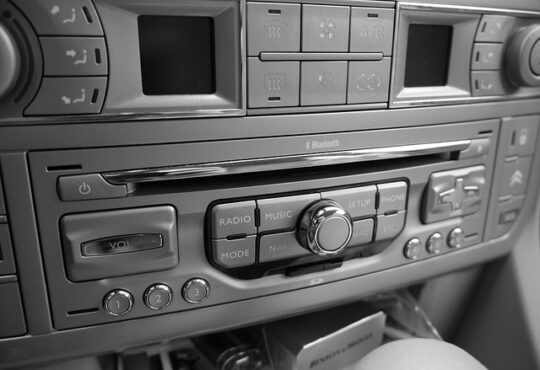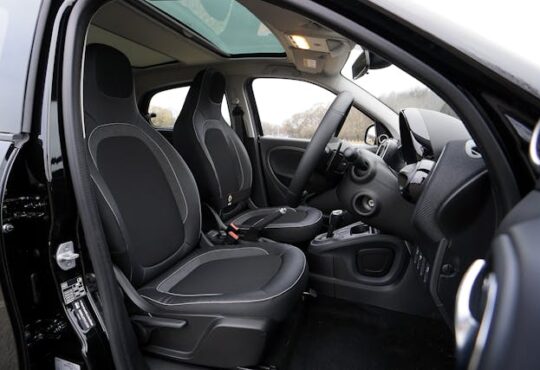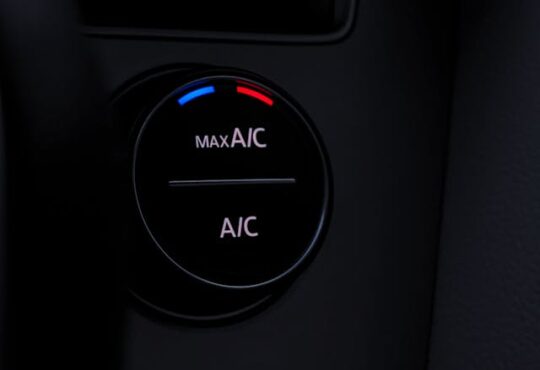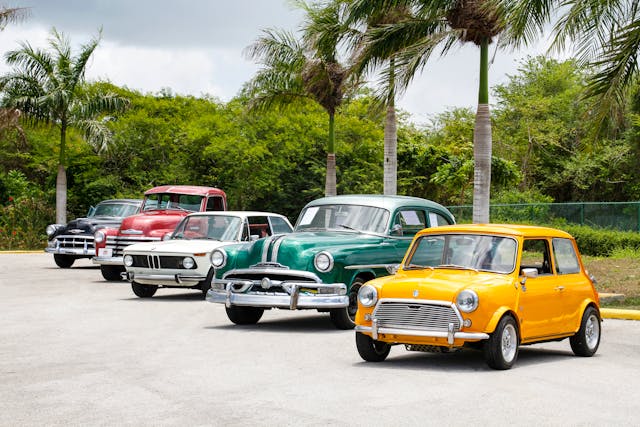
Restoring Classic Cars: Tips for Beginners
The allure of classic cars is undeniable. Whether it’s the sleek lines of a 1960s muscle car or the elegant curves of a 1950s roadster, these vehicles represent a bygone era of automotive design and engineering. For many enthusiasts, restoring a classic car is a dream project. However, it can also be a daunting task for beginners. Here are some essential tips to help you get started on your classic car restoration journey.
- Choose the Right Car
Selecting the right vehicle is crucial. For beginners, it’s advisable to start with a car that’s:
- Relatively common (for easier parts availability)
- In fair condition (avoid severely rusted or damaged vehicles)
- Something you’re passionate about
Popular choices for first-time restorers include classic Mustangs, Chevrolets, or Volkswagens.
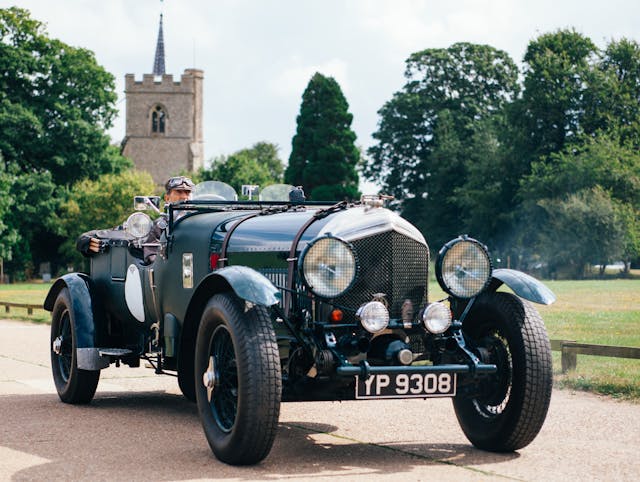
- Research Thoroughly
Before making a purchase or starting work, research your chosen model extensively. Learn about:
- Common issues and weak points
- Parts availability and costs
- Restoration techniques specific to the model
- Market value of both restored and unrestored examples
Join online forums and connect with other enthusiasts who have experience with your chosen model.
- Assess the Car’s Condition
Once you have a car, perform a thorough assessment. This should include:
- Checking for rust and structural damage
- Evaluating the engine and transmission condition
- Inspecting the electrical system
- Assessing the interior condition
Document everything with photos and notes. This will help you plan your restoration and track progress.
- Create a Realistic Budget and Timeline
Classic car restorations can be expensive and time-consuming. Create a detailed budget that includes:
- Parts costs
- Tools you’ll need to purchase or rent
- Potential outsourcing costs for specialized work
Be prepared for the project to take longer and cost more than initially estimated. It’s often wise to double your initial budget and timeline estimates.
- Prioritize Safety
Ensure your workspace is safe and well-equipped. Essential safety gear includes:
- Fire extinguisher
- First aid kit
- Safety glasses and gloves
- Proper ventilation for painting and chemical use
- Start with the Basics
Begin your restoration with fundamental tasks:
- Clean the car thoroughly
- Address any rust issues
- Repair or replace the floor pans if necessary
- Ensure the frame is solid and straight
These steps provide a good foundation for the rest of the restoration.
- Take It One System at a Time
Instead of trying to tackle everything at once, focus on one system or component at a time. A common order might be:
- Body and frame
- Engine and transmission
- Suspension and brakes
- Electrical system
- Interior
- Paint and finishing touches
- Know When to Seek Help
While DIY is rewarding, some tasks may require professional expertise. Don’t hesitate to outsource work like:
- Major engine rebuilds
- Transmission overhauls
- Paint jobs
- Upholstery work
- Source Quality Parts
Use reputable suppliers for parts. While it can be tempting to cut costs, using high-quality parts will ensure better performance and longevity. For hard-to-find items, consider:
- Swap meets and car shows
- Online marketplaces specializing in classic cars
- Networking with other enthusiasts
- Document the Process
Keep detailed records of all work done, including:
- Parts purchased and their costs
- Time spent on each task
- Before and after photos
This documentation is valuable for personal satisfaction and can increase the car’s value if you ever decide to sell.
- Join a Club
Joining a classic car club can provide invaluable support. Benefits include:
- Access to knowledge and experience
- Potential discounts on parts and services
- Social events and shows to showcase your progress
- Be Patient and Enjoy the Process
Classic car restoration is a labor of love that requires patience and perseverance. Enjoy each small victory and don’t get discouraged by setbacks. Remember, the journey is as rewarding as the destination.
Conclusion
Restoring a classic car is a challenging but immensely rewarding experience. It allows you to preserve a piece of automotive history while developing new skills. By starting with the right car, doing thorough research, and approaching the project methodically, even beginners can achieve stunning results. Remember, every expert restorer was once a beginner, so don’t be afraid to dive in and start your classic car restoration adventure.


